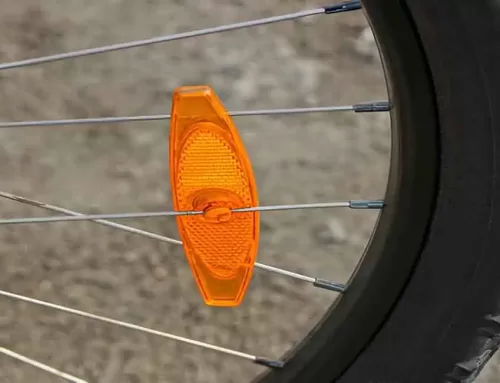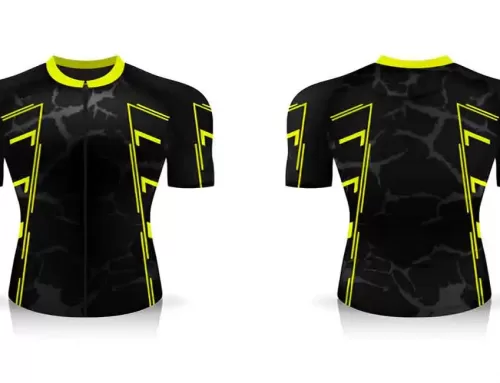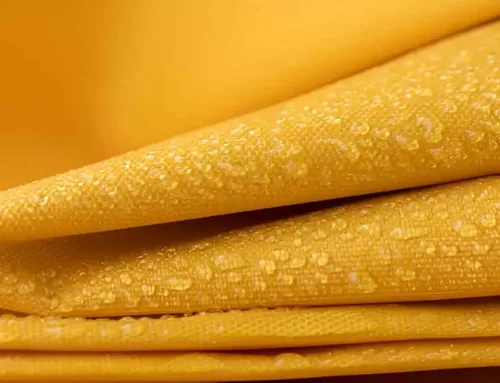Do I Need Transfer Tape For Iron on?
There are different types of iron-on transfer paper. Some work for dark fabric, while others are meant for light fabrics. If you’re using the iron-on transfer tape to add a design to a white T-shirt, you’ll need white paper, while a black T-shirt needs dark paper with a light background.
Using a heat press
If you are interested in decorating items with heat-sensitive adhesives, you’ll need to learn how to use a heat press and transfer tape. The process is similar to printing on paper, but there are some differences. Heat presses come in different shapes and sizes. They are suited to various surfaces, including custom t-shirts, hats, pillow cases, ceramic plates, and more. To make the process as easy as possible, here are 9 steps to help you make the most of your machine as the video do.
First, you’ll need heat-resistant sheeting. This is often made from Teflon. This will prevent the transfer paper from scorching while the heat is applied. Next, you’ll need a substrate. Substrates can range from custom t-shirts to sweatshirts, polo shirts, bags, and drinkware. Heat-sensitive sheeting is also available. The best way to choose the perfect material depends on your project.

Using an iron
Using an iron for vinyl is relatively simple. First, you need transfer tape, which is a small piece of paper or plastic film that you place on the sticker sheet you want to apply. This will make the vinyl easier to apply and will move it away from the backing. You’ll need transfer tape for adhesive vinyl, because the adhesive will stick to the back of the carrier sheet. When using heat transfer vinyl, there are two kinds: static and pressure-sensitive. You can choose between the latter, depending on your needs.
If you’re using HTV, you may not find the plastic backing on your cut-out. If so, you’ll need transfer tape to transfer the design from the vinyl to the shirt before applying heat. While you can use parchment paper as a barrier between the iron and the vinyl, it won’t work well for this task. You’ll need to set up a workspace to do this. Avoid surfaces with high heat absorbency, such as granite countertops, to minimize the chance of burning the substrate.
Using transfer tape
If you are going to iron-on vinyl on a shirt, the first step is to remove the backing sheet from the vinyl. Transfer tape can be a helpful tool for moving the design onto the shirt. You should wipe it off with enough pressure so that the design does not stick to the transfer tape. While you can iron on vinyl without using transfer tape, you may want to use it if the vinyl has intricate details or is difficult to move.
First, you need to prepare the fabric or pillowcase. The fabric must be smooth and free of wrinkles. Then, place the image to be transferred on the fabric. You will need to iron it on for about 10 seconds at a time, using light to medium pressure. If you use a commercial heat press, you can also iron on reversed images. The image will be more visible if it is reversed.
Using Cricut
Using Cricut and transfer tape can make your vinyl projects come out great. Using transfer tape on the backer of your vinyl pattern prevents your cut design from being damaged while transferring it to your project. The sticky side of transfer tape will stick to the vinyl design while the paper backing will peel off easily. The weeding tool is a useful tool that removes excess vinyl while leaving the design on the carrier sheet. When transferring a vinyl design, the transfer tape should be large enough to cover the entire design. The grid pattern on the backer of the transfer tape will help you line up the design and the sticky side will adhere to the vinyl.
The next step in the vinyl transfer process is applying the vinyl to the carrier sheet. There are several types of transfer tape available for your Cricut machine. A good one is heat transfer vinyl, which comes with a carrier sheet that is designed to withstand high temperatures. It is not as easy as it sounds to transfer vinyl from a paper to a metal surface, but it is a great option for many projects. With this technique, you can make any design you want, and you can reuse the vinyl.





